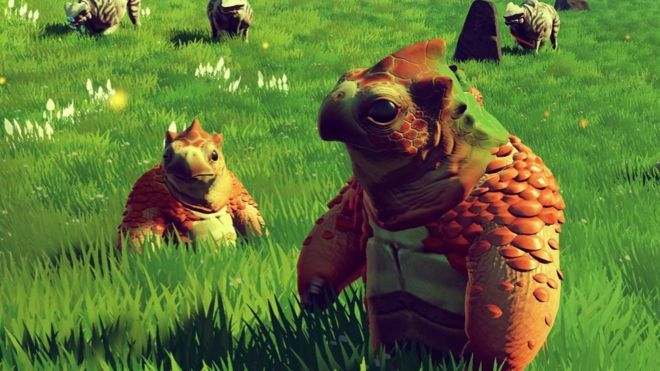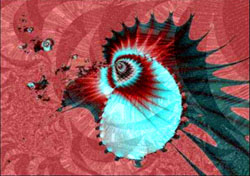As I understand it (and I am not an expert) whenever I have a spontaneous thought, I have a teachable moment - an opportunity to train my unconscious mind.
My unconscious, or that particular part of my unconscious that brought me that thought or image, can be trained, and the way to train it is to appreciate what it has brought me, with a little extra theatricality.
I imagine as something like a strange alien cat, or dog, or parrot, loyal and eager, doing its job of scavenging and assembling and connecting fragments of ideas to form new neato ideas.
For example, a puppy playing doesn’t know how hard it can bite humans, and so when it bites too hard, I say “ouch” in a high pitch, draw away a little bit and look pained at the puppy. That somewhat theatrical reaction teaches the puppy, which is really very cooperative, that it has gone across the play / bite boundary.

Or at least, some of these critters are responsible for bringing me new neato ideas. Others of them have other, more inscrutable jobs, and they sometimes bring weird thoughts, but I trust they're doing something important.
To encourage my mind-critter to bring me new and valuable things, I can reward it, by paying attention to the idea that it brought me, even though it might be inconvenient that it's interrupting something else.
I appreciate delightful things my unconscious brings me, paying attention to them, visualizing them, showing off my delight a bit to the various Society-of-Mind entities that voted for this particular delightful thought to be thrust into the spotlight of my conscious mind.
I appreciate disgusting things my unconscious brings me, displaying my disgust to myself a bit theatrically. “EW! A dead mouse!”
By visualizing, vividly if possible, including an emotional component if possible, connections from that idea to other ideas, I think I can index the idea, or the idea-generating critters, or the fractional-ideas that the critters used to create the idea.
Spending time indexing a spontaneous idea under one or several categories, or cross-referencing it with other ideas, may not seem all that valuable, since I may not ever think that exact idea again, but I think it improves the quality and the context-sensitivity of the idea-generating process.
If I understand correctly, Alex the parrot, when he said "rock", wasn't rewarded with a cookie, he was handed a rock - which is a reward in a sense, if what you wanted was a rock.
Similarly, when some alien-parrot-thought-generating-module hands me something about how X connects with Y, instead of simply trying to compose some sort of "GOOD ALIEN PARROT! HAVE A COOKIE!" at it (which might lead to that same exact thought coming up again and again) I instead try to respond semantically, thinking, talking, self-explaining, about the consequences of this "X connects with Y" idea for our whole-person-all-together plans, goals and understanding of the world.

The idea of visualizing vividly comes from the Method of Loci, but the idea of repurposing it to increase the yield of spontaneous ideas, the rate of really interesting and/or useful ones, or the context-sensitivity of them, the degree to which they are directly applicable. is tweaked from a few sources: CBT advice - admittedly, advice for reducing the rate of unwanted intrusive thoughts, but I think it's a reasonable thing to try. It's also related to concept mapping ideas by David Ausubel and Joseph Novak, and self-explanations are known to increase reading comprehension.